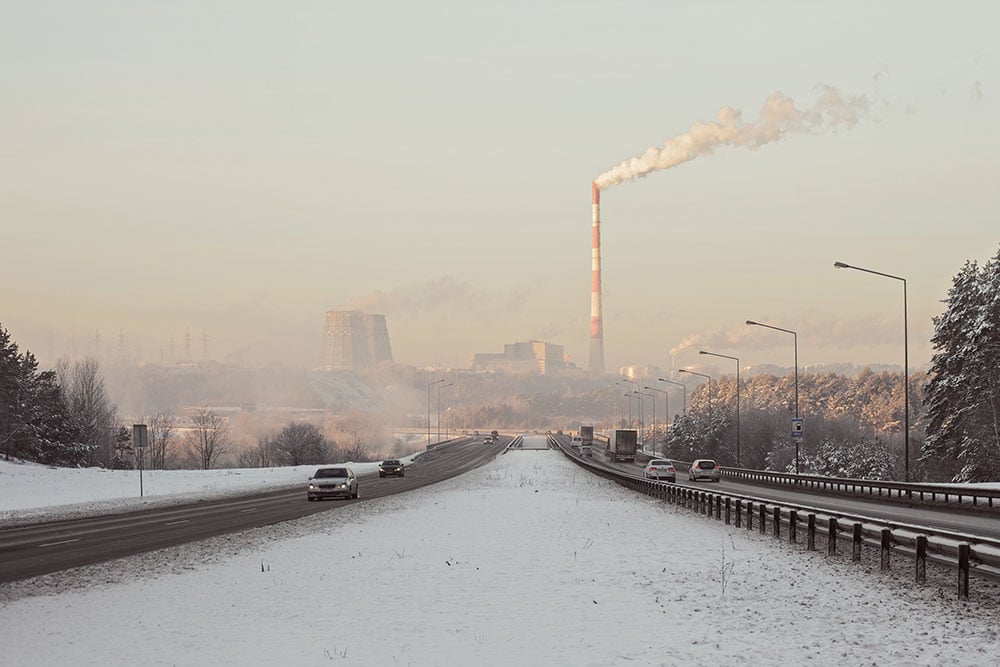Power structure: why the architecture of the eastern bloc still looms large after communism
Photography and the Post Soviet CityRussian photographer Alexei Bogolepov discusses ideology, geometry and the gulf between intentions and reality in Soviet city planning
Alexey Bogolepov is a photographer based in St Petersburg, Russia. His work focuses on the architecture and ideology of modernism, both in the former Soviet states and worldwide.
Looking back at it, I’ve been photographing architecture pretty much since my first black-and-white film roll at college. The first semi-amateur photo exhibit I put up consisted of studies of French Gothic cathedrals and pre-historic megaliths.
Growing up in Vyborg, formerly the second-largest city in Finland, which became Soviet territory after the Second World War, I couldn’t help but notice the differences between buildings and districts from the two eras. They clearly spoke different architectural languages, or, if you will, transmitted and implied different states of mind. Vyborg is layered from the medieval castle at its heart out through the old city to the panel housing at its outer limits. But the layer that has always caught my attention was somewhere in the middle — the slender and bare architecture of the 1920s and 30s, the Finnish functionalism.
The juxtapositions you find in Vyborg help you grasp the idea of multiple, simultaneous, politically defined modernities. Soviet modernism in this sense is a part of a larger architectural puzzle. Yet it is especially interesting because ideology, by twisting and fermenting itself within the architecture, has taken on some very curious forms. One of them in Russia is called the spetsobjekt, or “special object” — a factory, research institute, or any utilitarian facility vaguely related to military needs or to some shady branch of law enforcement. This was my main subject in BLOC. A spetsobjekt is a fenced-off compound that may have completely lost its practical or technological relevance, yet nobody is in a hurry to remove the security regime around it. These shells of secrecy with no content inside them are a very prominent feature of the post-Soviet city.
Certainly, state-generated concealment isn’t anything unique or endemic to the ex-eastern bloc countries. But here these enclaves create a more ambiguous effect of proclaimed secrecy. They feature prominent towers and are often located at cross-sections of busy streets or in the middle of residential districts. They are clearly built to be noticed, felt, but never looked inside. BLOC is a typology of these kind of structures located in St Petersburg.
The initial drafts of Soviet city planners were often brilliant and sophisticated, infused with an optimistic outlook and a positive vision of humanity
There is a prevailing idea about the sinister and ominous qualities of Soviet architecture and its potential to restrict freedom of thought and movement. While not unfounded, this discourse suggests an interaction between only two actors — the state and the individual. In reality, there were other actors in play, namely the architect and the bureaucratic chain of approval. The initial drafts of Soviet city planners were often brilliant and sophisticated, infused with an optimistic outlook and a positive vision of humanity. There is a qualitative gap between what was planned and the reality of what was accomplished, and I’m curious as to whether the latter came out as it did precisely because it was conceived in an idealistic, purist, ostensibly egalitarian way. Perhaps there is a seed of oppression inherent in idealism itself?
To locate the buildings and explore the more remote parts of the city I mainly used Google maps and Google Street View. In recent years, Street View cars have managed to get inside the most obscure industrial areas, diluting the impenetrable fabric of the city and exposing what was practically invisible before. Combine it with satellite views and you start getting some insights about the nature of Soviet urban planning, which was highly technocratic and geometric, but also organic in an odd, haunting way.
One of the great “successes” of Soviet architecture was bringing geometry to life. The visual vocabulary of the urban environment consisted of basic figures, tiled fragments, angular flows and regular sections. Paradoxically, the more pronounced the structure, the more vulnerable it is to overgrowth. Over time, grids get overlaid by new grids, casual elements proliferate, until it all becomes quite abstract.
Soviet architecture is a strange reality in which the difference between something engineered and naturally emergent becomes increasingly blurred to a point of total identity between the two concepts. Architecture acquires the properties of a geo-chemical process, with cities taking shape along crystal lattices. The mind of the architect gets consumed by the creeping forces of crystallization, which proceed to spill out into reality. The whole picture turns viral, self-replicating. Once you look at a city from this perspective, you start suspecting that humans are really not the ones in control.












